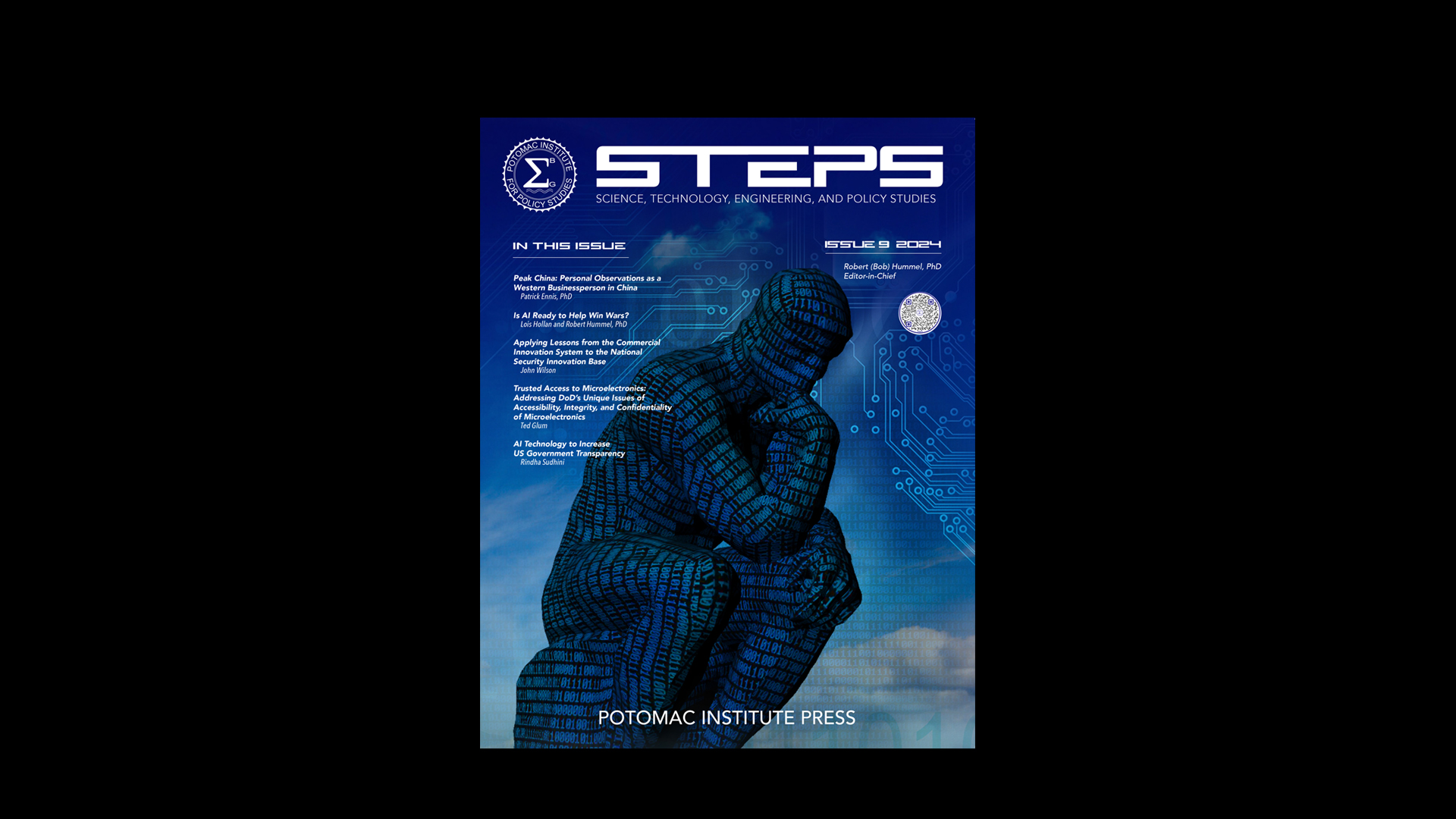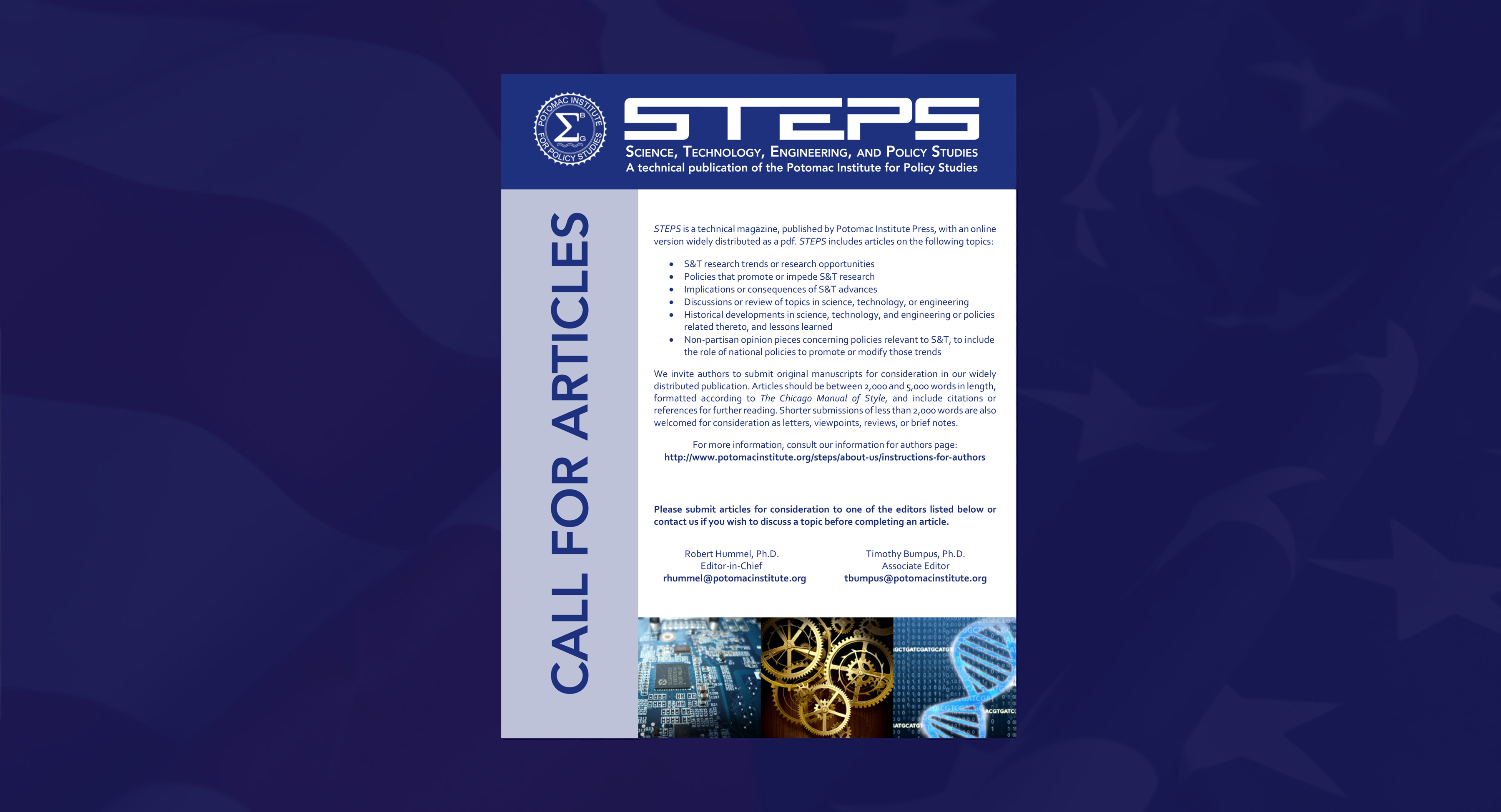Jennifer McArdle
In the first century BC, Marcus Tullius Cicero ran for consul, the highest office in the Roman Republic. His younger brother, Quintus, sought to advise his elder brother on how to effectively ‘social engineer’ the electorate. In Quintus Tullius Cicero’s The Commentariolum Petitionis, Quintus directs Marcus to wage a campaign based on micro targeting, delivering targeted campaign messages (which often contradicted each other) to various members of the Roman populace, in order to gain their support. Quintus’ campaign strategy delivered Marcus victory, demonstrating the power of tailored messaging.
The use of behavioral science and big data by campaigns to effectively model voter behavior is adding new relevance to Cicero’s 2000 year-old campaign strategy—micro targeting is once again in vogue.
The 21st century has witnessed the emergence of ‘data driven campaigns.’ Campaigns are combining big data with behavioral science and emergent computational methods to model individual voter behavior. By combining the data located in public databases, which include information such as party registration, voting history, political donations, vehicle registration, and real estate records with those of commercial databases, campaigns have been able to effectively target individuals. This micro targeting extends beyond the ability to identify which voters to contact, but to the content of the message as well. Philip N. Howard in his book, New Media Campaigns and the Managed Citizen, notes that in the weeks prior to the 2000 presidential election, two middle-age, conservative, female voters logged on to the same Republican website, from different parts of the country. The first, a voter from Clemson, South Carolina saw headlines about the Republican commitment to 2nd Amendment protections and their pro-life stance. The second, based in Manhattan, was never shown those headlines. The website’s statistical model suggested that the former female would respond positively to those headlines, while the latter likely supported some measure of gun control and a woman’s right to choose.
While micro targeting in Rome arguably made the process more democratic—Marcus was not a member of the nobility and would have typically been eliminated from the candidacy—today’s use of micro targeting has the potential to erode democracy. These computational models allow parties to acquire information about voters without directly asking those same voters a question. With this information in hand, campaigns can opaquely micro-target individuals, selectively providing information that fits their partisan and campaign issue bias, while removing platforms that may not align with their interests. Essentially, campaigns are able to generate filter bubbles, which reinforce individual viewpoints, while removing differing ideas or philosophies from their search results. Voters are not even aware that micro-targeting has occurred.
While it is unlikely that micro targeting can be removed completely from politics, there may be a mechanism to ensure the integrity of the democratic process in politics. While difficult, given the opaque nature of micro targeting, attempting to create a ‘sunshine movement’ during campaigns by creating non-partisan sites that highlight each candidates’ individual platforms could help to ensure that voters know each candidates true views. ‘Data driven campaigns’ need not erode democracy, but should they remain as is, they may do just that.

















